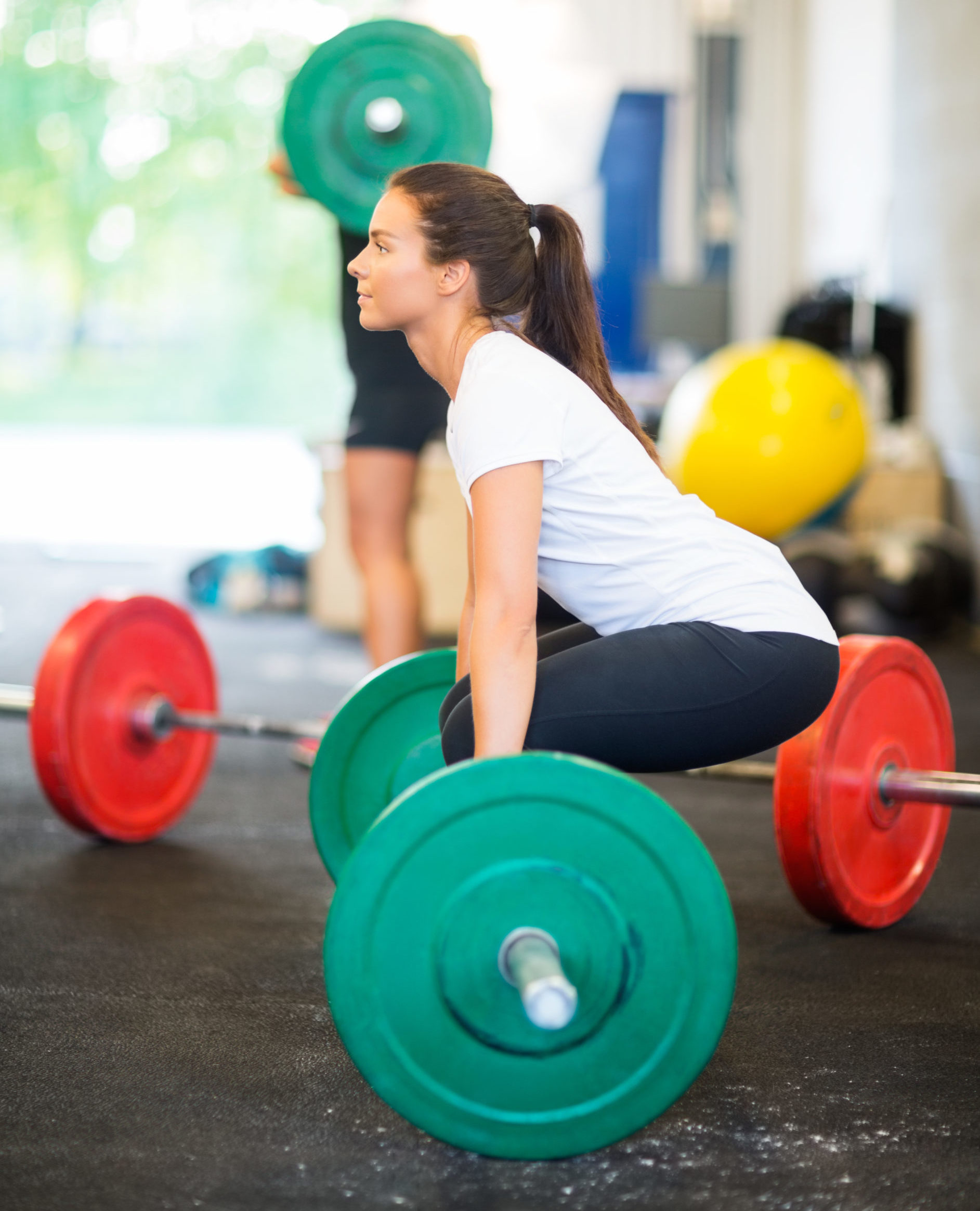You are not guaranteed to return to your sport after your ACL reconstruction. 1/3 of athletes never return to their prior level of sport. Pre- and post-operative ACL rehabilitation can be the biggest difference-maker in getting you back to playing. Heavy strength training is the backbone of a successful rehab program.
Here are 3 reasons why you should be doing a progressive heavy-strength training program for the bulk of your ACL rehab.
#1: Greater Quadriceps and Hamstring Strength is Associated with Athlete Function 6 Months after Surgery
Restoring the strength of your thigh muscles within 6 months after your surgery is a critical component of rehabilitation. Researchers from Ohio State University investigated thigh muscle strength and perceived function in 30 athletes 3 and 6 months after their ACL surgery. Athletes with smaller side-to-side differences in quad and hamstring strength were functioning at a higher level.
Your strength training program begins once your pain, swelling, range of motion, and walking are back to normal. For many athletes, this is about 6 weeks after surgery. Delaying the start of strength training will only prolong your rehab and decrease your chances of ever getting back to playing. It is important to follow the advice of your therapist before surgery (ACL prehab) and immediately after your surgery (early ACL rehab). This way, you can start your strength training on time.
#2 Greater Quadriceps Strength is Associated with Passing Return to Sport Tests
To be cleared to return to your sport, you will have to pass a battery of tests. Testing includes a series of surveys, hop tests, and strength tests. Specifically, the strength of your quadriceps muscle must be at least 90% of the strength on your uninjured side.
Being stronger is going to make you feel more confident about your ability to return to playing. Greater quadriceps strength will also boost your running, jumping, and cutting during your sport. A 2012 study of 50 athletes showed that those with stronger quads scored higher on return to sport testing. Specifically, these athletes did better hopping and landing on their injured legs.
If you want to pass return to sport testing and get back to playing, you have to take your strength training very seriously from day 1.
#3 Quadriceps Strength Predicts Function 10 Years After Surgery
If you want to continue to play for years after your ACL injury, your quad strength has to be restored. Researchers from the University of Kentucky investigated a series of performance tests in athletes who underwent ACL surgery 5 to 20 years earlier (an average of 10 years ago). They found quadriceps strength to be the best predictor of function in these athletes.
These research studies suggest restoring your thigh muscle strength early after surgery helps speed up your rehab, gets you back to playing, and keeps you healthy for years.
The Basic Components of Your ACL Strength Training Program
Your physical therapist will determine when you start your strength training program. Improving hip, hamstring, and quadriceps strength is a big emphasis here. The bulk of exercises are done standing with dumbbells, kettlebells, and barbells.
Proper exercise technique is mandatory. This restores balance between both legs. Single-leg exercises improve your strength, balance, and coordination. Exercises done with 2 legs are loaded with more weight for maximum strength. However, you mustn’t compensate by overusing your uninjured leg. Your therapist will watch for this very closely.
Strengthen your hamstrings and glutes with exercises like leg curls, deadlifts, and hip thrusts. Your quads and glutes are trained with different squat and lunge variations. Start with 3 sets of 8 to 12 reps, 3 days per week. As your program progresses, you will increase the load and number of sets but reduce the number of reps for each set.
ACL Rehabilitation: Don’t Go Light with Your Strength Training
Getting strong after ACL surgery is not easy. But neither is excelling at any sport. There will be some speed bumps and setbacks along the way. Your physical therapist will help you overcome these.
Your road back to playing will be long, but hang in there. Stay focused on your end goal. But also learn about yourself throughout the process (your rehab). Call our office to schedule an appointment when you are ready to start on your road back to playing.


